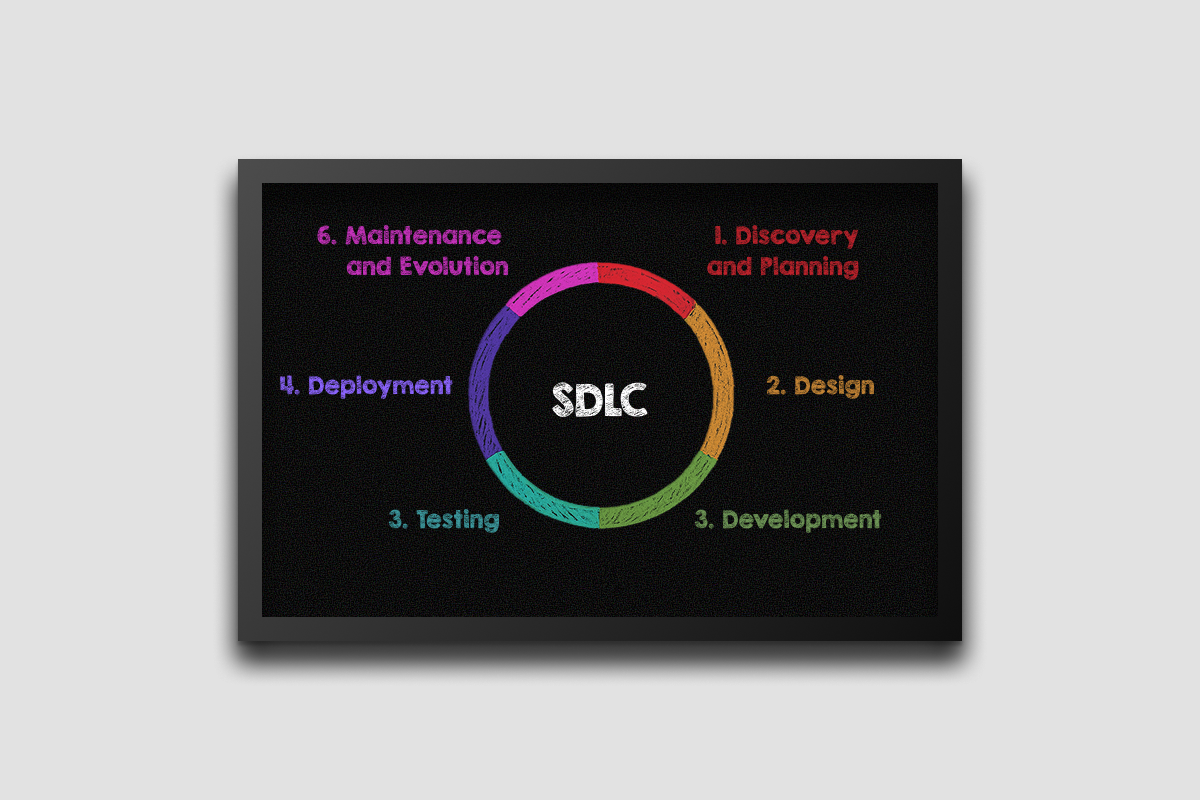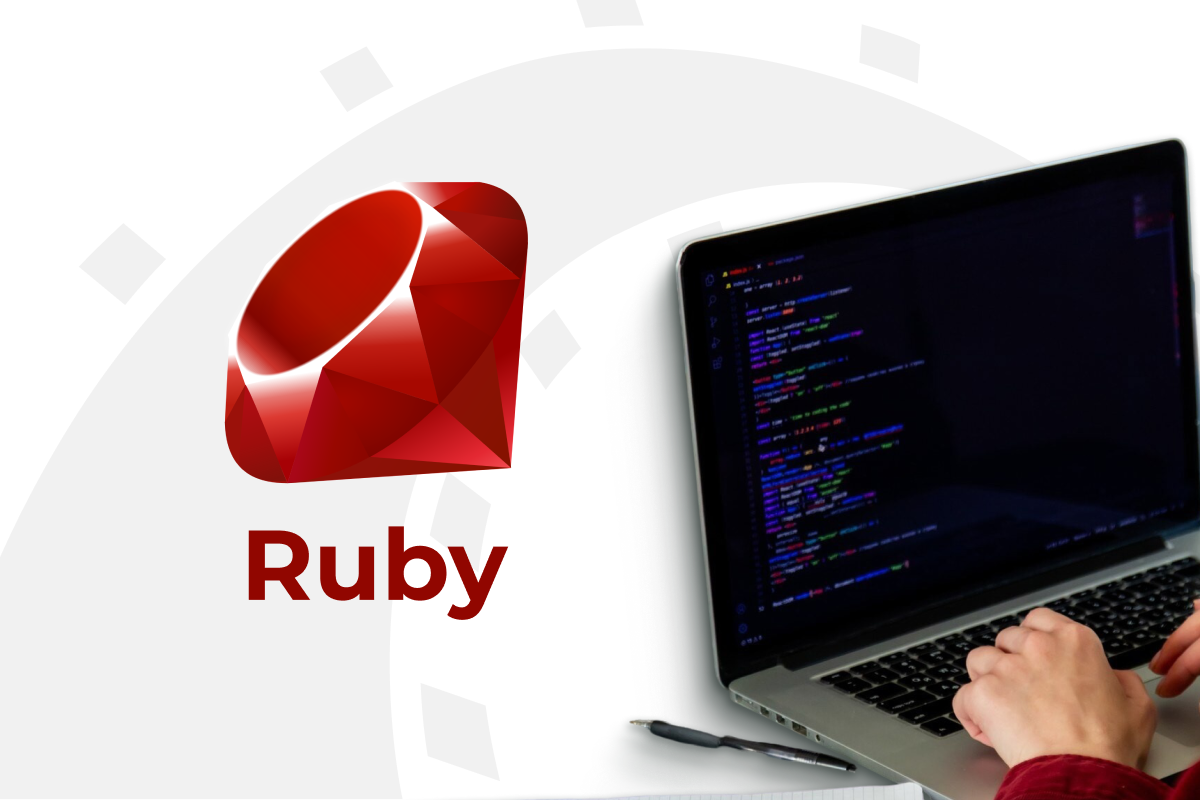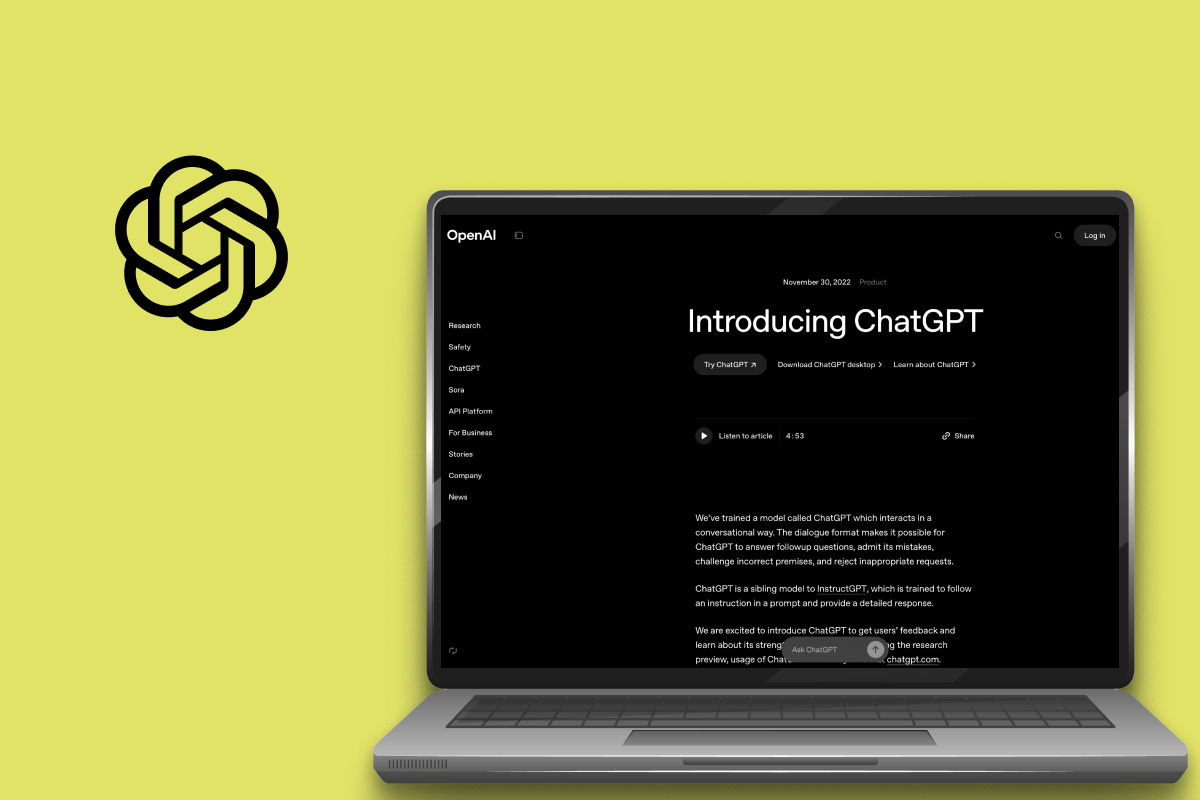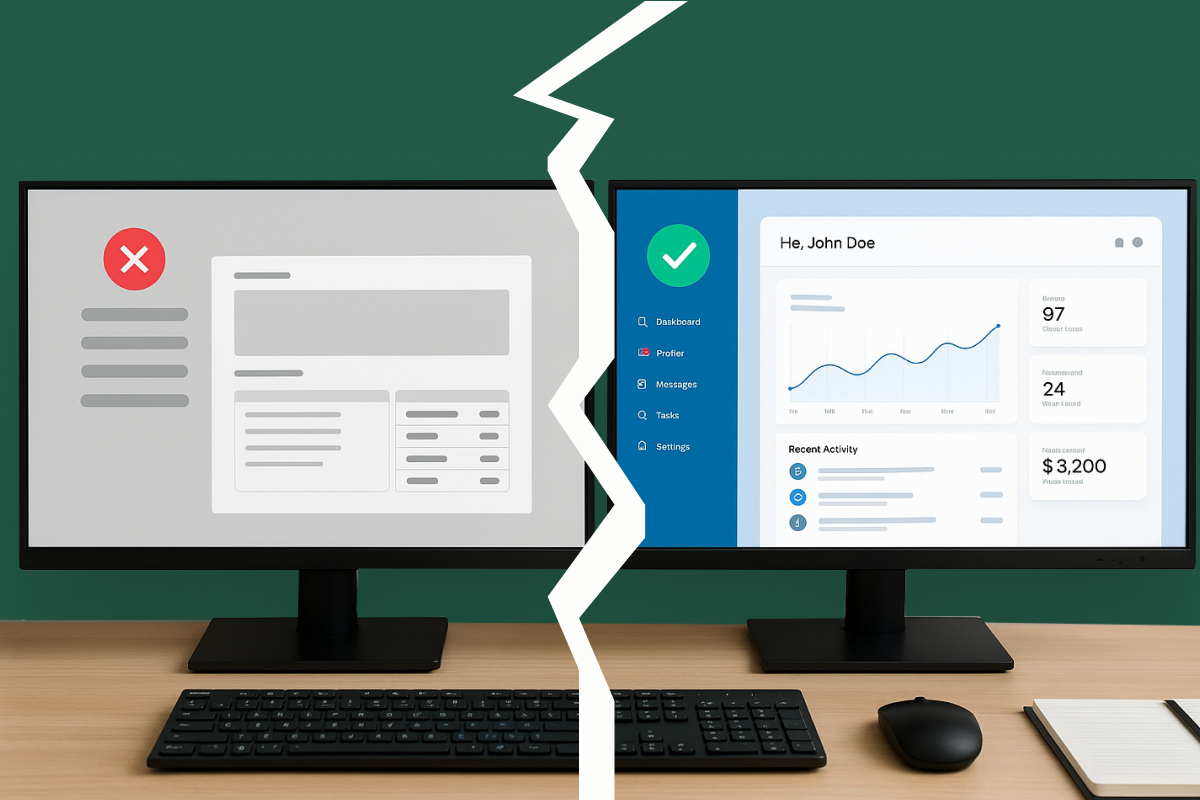In today’s hyper-competitive tech landscape, early-stage companies can’t afford to make the wrong decisions on the most critical part of their business: technology. One wrong move — such as a sluggish time-to-market or a codebase too complex to maintain — can cost you valuable leads, major funding opportunities, and even your entire market share. Adding extra pressure is the knowledge that, according to CB Insights, nearly 38% of startups fail because they run out of cash before locking in that competitive edge. This leaves little room for error.
So, when you see a disproportionate number of hot new startups and scale-ups building MVPs in Ruby — particularly using the Ruby on Rails framework — there’s a good reason.
Below, we’ll explore the business value of choosing Ruby, plus some essential technical details. Yes, you can ship quickly with Python or build in JavaScript. But if you don’t consider Ruby, you could be missing out on a vital component of speed, code quality, and ultimately, revenues.
The Business Value of Ruby on Rails for Startups:
Faster Time-to-Market
Speed is everything. A 2020 Bain & Company report stated that being first-to-market can net 30% higher lifetime profits compared to delayed competition. Ruby on Rails, the most popular framework for Ruby, was built from the ground up for rapid application development. Many founders credit Rails with cutting their initial development time by 30–50% when compared to Java- or .NET-based solutions.
The result? MVPs that see the light of day quicker, deploying to production weeks — or sometimes months — earlier than more enterprise-focused stacks. This head start can lead to stronger investor relations and a better chance at capturing market share before rivals catch up.
Efficiency and Lower Personnel Costs
You may have heard: “Rails just magically does half the work for you.” That’s actually not far from the truth. With Ruby and Rails’ “convention over configuration” approach, new developers can guess where a file or function should live in a codebase, and they’re often correct. That means more time coding valuable features, less time wrestling with project structures.
In real numbers, some Ruby-based companies report that their existing teams deliver features 2–3 times faster than counterparts using “less opinionated” frameworks like Express.js or Django (which also require more out-of-the-box configuration). Productivity like that can shrink your costs. Instead of hiring three extra backend devs to build out boilerplate, you can keep a tight and talented team, confident they can handle new features, client demands, and pivots quickly.
The Fear Factor: Choosing Wrong Means Falling Behind
Let’s add some chilling perspective:
If your competitor launches that essential new feature even one month earlier, you risk missing out on crucial deals. In B2B SaaS, a single lost enterprise contract can mean hundreds of thousands in recurring revenue left on the table. A frequent regret among founders is that they chose a tech stack that later required massive rewrites. Rewrites can cost anywhere from 30% to over 100% of the original project budget, crippling your roadmap and scaring off your next funding round.
Meanwhile, the ranks of established successes with Ruby are everywhere: Shopify (used by 1.75+ million merchants), GitHub (powering over 100 million developers worldwide), and Airbnb (valued at nearly $70 billion). They all began on Rails before they exploded in size. The fear is real: without short, iterative development cycles, many of these companies might never have moved fast enough to dominate their corners of the market.
Technical Details that Calm the Critics
It’s natural to worry that Ruby will be “too loose” or “unstructured,” especially if you’re coming from statically typed languages like Kotlin or Java.
Here is why Ruby doesn’t doom you to sloppy code:
- Conventions Prevent Chaos: Thanks to Rails’s “convention over configuration,” codebases tend to look alike. Controllers are in one spot, models in another, and tests follow simple “describe-it” patterns. This consistency curtails the long-term mess.
- Testing Culture: Ruby developers often tout RSpec (the dominant Ruby testing framework) as one of the most expressive ways to write tests. Well-tested Ruby projects, even large ones with hundreds of models, remain significantly easier to refactor or extend than similarly sized projects that rely on scattered or underused testing in other languages.
- Metaprogramming and DSLs: On the flip side, Ruby’s metaprogramming power (creating domain-specific languages) can feel “too flexible,” but it dramatically reduces repetitive code. You implement a single internal library or “gem” that your entire application can share — shrinking your code footprint, saving your devs from “reinventing the wheel,” and keeping everything consistent.
Yes, It Scales (Don’t Let the Myths Fool You)
A common fear is that Ruby or Rails can’t handle enterprise-level loads. Yet Shopify, GitHub, Basecamp, and others are prime examples of Rail’s ability to operate at scale with millions of transactions. As your user base grows, you have scaling strategies available — caching with Redis or Memcached, background processing with Sidekiq, and microservices if needed. Ruby is just as capable of distributed architectures as JavaScript or Python.
In fact, many teams say they’d rather initially optimize for developer happiness and speed, and only later add microservices (or rewrite bottlenecks in Rust, Go, or C) once they’re dealing with millions of hits a day. If you reach that point, you’ll likely have enough funding and time to tackle specialized performance constraints.
The Real Cost of Indecision
If you choose a slower-to-market or overly complex tech stack:
- Your MVP might miss the critical window when investors are most eager.
- Fewer devs can quickly onboard (long, elaborate frameworks make it tough for new hires to contribute).
- You risk piling up “yak shaving” tasks — endless configuration, manual library integrations, or shaky test coverage that require days to solve, not hours — while your competition speeds forward.
With Ruby, you get:
- An established community offering hundreds of gem-based solutions, so your team doesn’t have to build everything from scratch.
- A long track record of success stories at massive scale.
- A codebase you can keep lean, dev-friendly, and testable, ensuring quick iteration on features or pivots.
Key Numbers & Final Advice
- 2–3× Faster Feature Delivery: Many teams transitioning from Java or .NET to Rails consistently report shipping significant features at least twice as fast.
- Up to 50% Less Boilerplate: Typical Rails code can require up to 50% fewer lines compared to a similar feature set in Java, speeding up maintenance and bug fixes.
- Maintain Your Competitive Edge: A survey by JetBrains found that among startups using “rapid” frameworks (like Rails or Django), 61% felt they reached product-market fit faster.
The bottom line is that Ruby’s focus on “developer happiness,” robust frameworks (mainly Rails), and large ecosystem help you reach the market quicker and stay nimble once you’re there. Hardware costs might go up if your app explodes in popularity sooner than you think — but that’s fundamentally a good problem to have. If you wait too long or get bogged down in an overly rigid stack, you might never see that growth in the first place.
So, ask yourself: Can you afford the risk of going slower than your competition? The real danger is hesitation.
If you’re ready to build, ship, and learn whether your product stands a chance — there’s no shame in adopting the same combo that launched Shopify, GitHub, and Airbnb. Don’t let fear hold you back. Let Ruby help you move from idea to reality — fast.
Double Your Speed to Market: See How Ruby Drives Startup Success!






















































































































